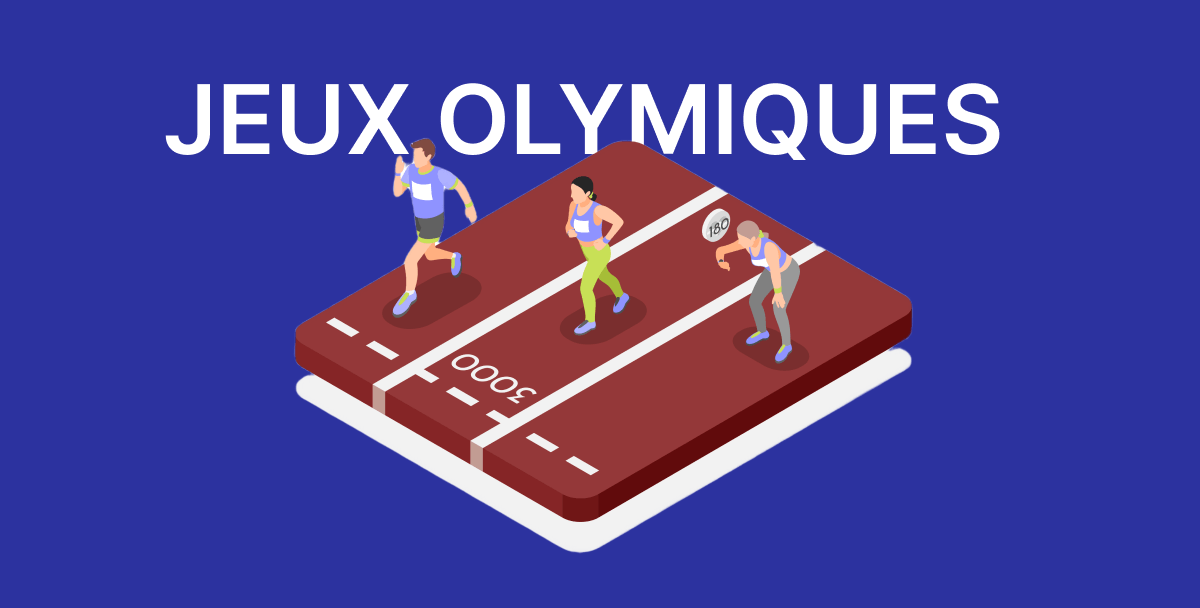How much of your invoice processing is automated? It can be difficult to manage when your trading network communicates in various different ways. We have created a list of helpful terms and concepts to aid businesses when planning an e-invoicing project:
B2C, B2B, B2G
B2B (Business to Business) represents a company offering its services or products to other companies. Note that from 2024, many counties are mandating companies to accept invoices in electronic format.
B2C (Business to Consumer) refers to companies that sell their services or products to individuals.
B2G (Business to Government) concerns companies carrying out part or all of their commercial activity with organisations and government administrations. E.g. Chorus Pro platform.
Certification Authority
The CA is a trusted third party capable of providing a cryptographic key to guarantee and authenticate the identity of issuers and the data exchanged. It issues electronic certificates to ensure the protection of digital exchanges, the authentication of data and signatures, but also encryption. There are three types of certificates:
– the SSL encryption certificate: ensures the integrity and security of the data exchanged between a website and the browser thanks to the HTTP protocol
– the authentication certificate: allows to verify and authenticate the identity of the issuer
– the signing certificate: guarantees the value of the signature of an electronic document.
Digital Safe
A digital vault is a space where digital documents are stored. It must be secure, confidential and offer optimal archiving to facilitate the exchange of data and protect documents against incidents (intrusion, failure, data loss). A service of this type must also have very strong ergonomic and usability guarantees. In particular, the following shall be taken into account:
– interoperability
– the performance of the infrastructure in terms of authentication
– the ability to guarantee the integrity of the data and to return it
DSO (Days sales outstanding)
The DSO is a key indicator of cash flow. It indicates the time it takes a company to collect a payment, at the time of issuing the invoice. The goal is to reduce it as much as possible: if it is low it means that the payment term is short, which is beneficial for the company. There are two calculation methods:
– accounting method: over a given period, calculate the ratio between receivables and turnover, i.e. receivables (including tax) x Number of days / turnover (including tax)
– method by depletion of capital (or count back): subtract, each month, the outstanding trade receivables from the turnover including tax until exhaustion then add the number of days of the corresponding months
E-reporting
E-reporting (or real-time reporting) is an extraction of all invoice data allowing the administration to automate controls and thus fight against VAT fraud. Depending on the country, reports are transmitted daily, monthly or quarterly. Technically, the State requires taxable persons to transmit the data of invoices exchanged with its ecosystem (customers and suppliers) on a central server, managed by a tax administration.
GS1
Formerly known as GENCOD until 2005, GS1 is a global organisation, specialising in the standardisation of coding methods used in the field of supply chain. The most well-known method is the EAN barcode. EDT has been a member of GS1 France since 1993 and GS1 UK since 2016
UKNEF (The UK National e-Invoicing Forum)
Founded in 2010 as a self-funded initiative of industry associations, public sector bodies and solution providers to promote e-Invoicing in the UK public and private sectors; and also to ensure expert UK input to the EU Commission Multi-Stakeholder Forum on e-Invoicing, so that emerging EU policy – and its implementation – supports UK public and private interests.
Workflow
A workflow represents in the form of a flow the different actions to be carried out to accomplish a larger project. For example, an approval workflow can automate a process, such as sending an email to a supplier following a change in the processing status of their invoice.
OCR (Optical Character Recognition)
OCR is a technique that allows an application to automatically read and store typed, printed or handwritten text. This technique is used in particular to dematerialize paper documents, such as invoices.





